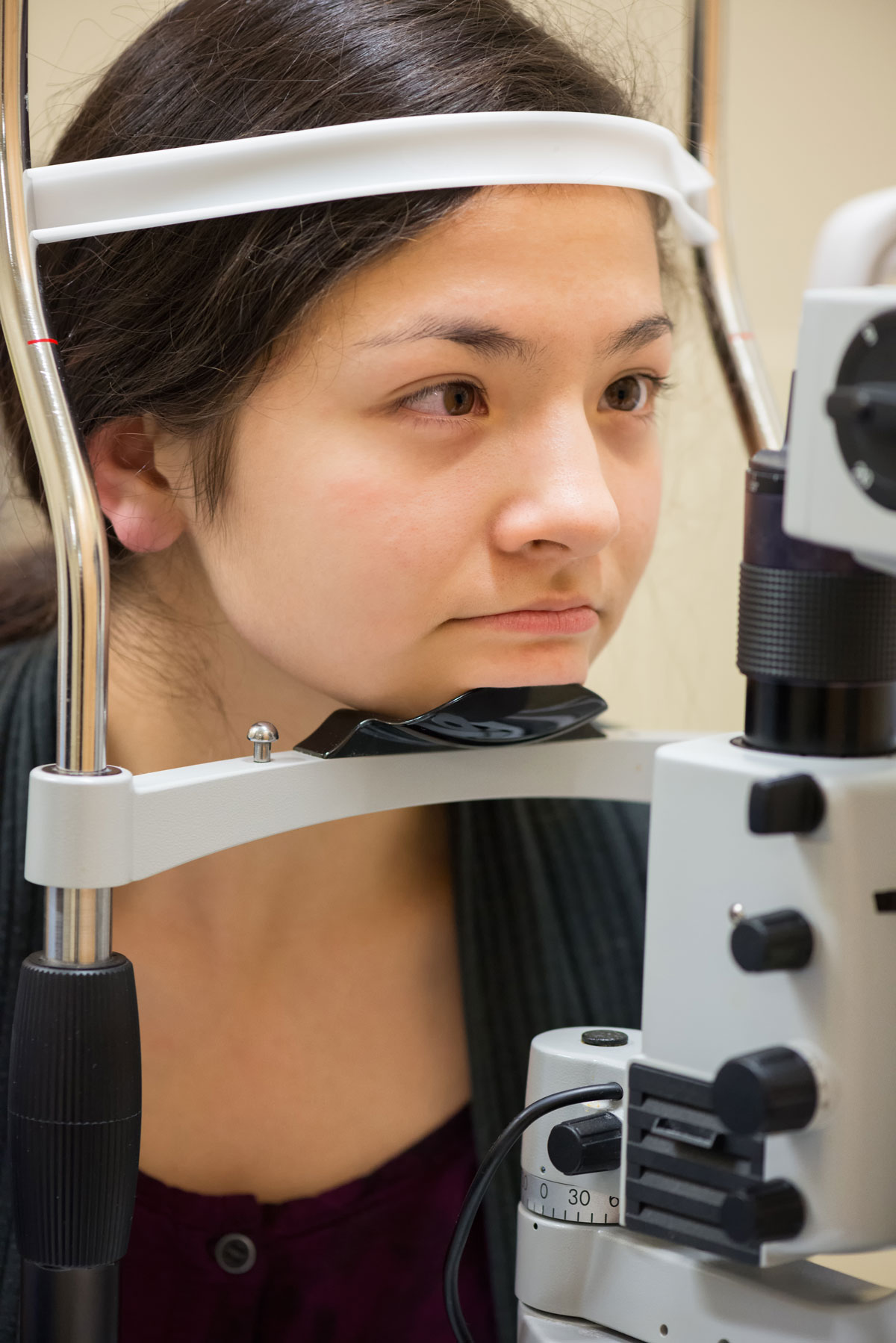 |
Likelihood of being prescribed corrective lenses was associated with age, sex, children with special health care needs and income. Photo: Getty Images. |
Routine screening of visual status, at school or elsewhere, is vital in ensuring children attain proper care when needed, offering a way to detect and subsequently treat those at risk for vision impairment stemming from various conditions. Screenings are recommended by major public health, pediatrics and eye health organizations, and new research delved further into the details of this topic.
Authors of a recent paper appearing in Ophthalmology investigated associations between sociodemographic and health characteristics and the receipt of eye care among kids aged 17 or younger in the US. Data was taken from the National Survey of Children’s Health, which is a nationally representative and population-based survey from randomly sampled households.
As reported by parents and caregivers, 53.2% of children five years old or younger had received at least one vision screening or within the past two years for children over five. Of those screened, 26.9% were referred to an eye doctor. Only 38.6% of all kids had a previous eye doctor visit, and of this group, 55.4% were prescribed corrective lenses.
Decreased odds of having a vision screening included factors of younger age, lack of healthcare visits, absence of insurance coverage, lower household income and parent education less than or equivalent to high school level. After vision screenings, non-white ethnicities, households with a non-English primary language and lower incomes were all more likely to be referred to an eye doctor. Lower rates of eye doctor visits were associated with younger age, no insurance coverage and a non-English primary household language.
Contextualizing their findings, the authors of the study relayed that despite more than half of respondents indicating a previous vision screening, there has been a continued trend from 2016 to 2020 of decreased vision screenings taking place. COVID-19 likely played a role in some of this shift, as the pandemic negatively impacted the number of kids with access to vision screenings. While the survey did not ask about the pandemic, disruptions to schooling and health care likely exacerbated disparities that already existed, making it worse for marginalized groups to access.
Race and ethnicity was also a significant factor in association with pediatric vision screenings. Referral rates to eye doctors were lowest among non-Hispanic whites, potentially indicating differences in eye problem prevalence. Conversely, non-Hispanic Black and Hispanic kids experience the highest rates of vision impairment and myopia, likely explaining their higher likelihood of referral after a vision screening.
Although higher referral rates existed in households with non-English speaking, this cohort exhibited a lower rate of eye exams, suggesting a language barrier posing problems with eye exam access.
The authors propose several ways of improving these statistics, calling for “promoting health literacy among parents and caregivers, which emphasizes the significance of follow-up care after abnormal vision screenings, is paramount. Education resources should be designed for individuals with low literacy, be culturally sensitive and available in multiple languages.”
They also advocate for “an increased focus on educating primary healthcare providers and school nurses about children most susceptible to missing vision screenings. Equipped with this knowledge, providers and nurses can proactively engage with families facing barriers to eye care. Finally, health and public school systems could explore collaborative partnerships with vision providers that offer community- or school-based vision programs.”
Antonio-Aguirre B, Block SS, Asare AO, et al. Association of sociodemographic characteristics with pediatric vision screening and eye care: an analysis of the 2021 National Survey of Children’s Health. Ophthalmology. December 9, 2023. [Epub ahead of print]. |

